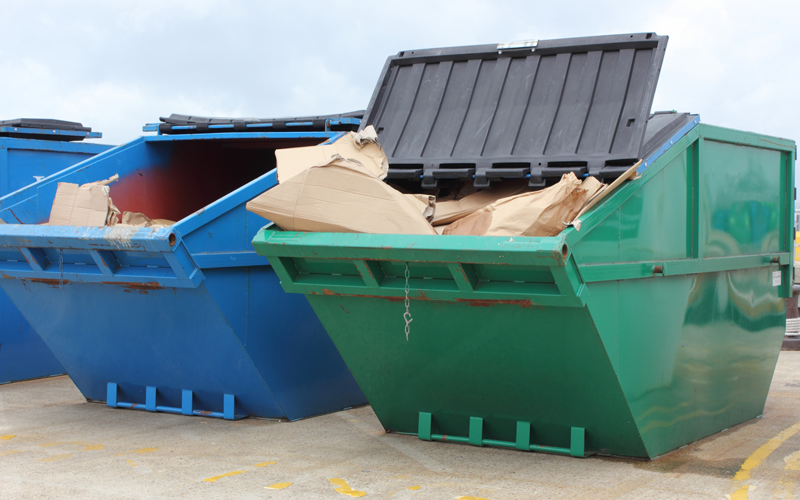
Understanding waste classification
Waste Classification Overview
Waste classification is essential to determine whether the material is hazardous or non-hazardous. Landscaping activities often involve handling soil, plant material, or construction debris, which may contain hazardous substances. The classification process helps ensure that such waste is disposed of correctly, preventing environmental damage and legal penalties.
Steps for Waste Classification
- Identify Waste Type: Determine whether the waste needs classification. Most commercial and industrial waste, including that generated during landscaping operations, falls under this requirement.
- List of Waste (LoW) Codes: These codes help classify waste, with different codes assigned based on the material's composition. For landscaping, common materials like soil and green waste might be classified under specific LoW codes.
- Chemical Composition: For complex materials (e.g., contaminated soil), testing might be necessary to identify hazardous components. Depending on the site’s history, substances like heavy metals or asbestos could be present and must be assessed.
Handling Hazardous Waste
If the waste is classified as hazardous, it must be treated accordingly:
- Hazardous Properties: The guidance outlines specific hazardous properties, from flammability (HP3) to ecotoxicity (HP14). Understanding these is crucial for safe handling.
- Waste Minimisation: Consider ways to minimise waste at the design stage, reducing the amount of hazardous waste produced. For example, reusing clean soil on-site instead of disposal can be both cost-effective and environmentally friendly.
Documentation and Compliance
- Consignment Notes: For hazardous waste, a consignment note is required. This document tracks the waste from its origin to its final disposal, ensuring compliance with legal requirements.
- Site-Specific Procedures: Implementing site-specific waste management procedures, as suggested by WM3, can streamline operations and ensure compliance. This might include regular sampling and testing plans.
Waste Acceptance Criteria (WAC)
For waste destined for landfill, understanding the Waste Acceptance Criteria (WAC) is crucial. This testing determines whether waste meets the landfill's acceptance conditions. Non-hazardous waste might require WAC testing if it’s going to an inert landfill, while hazardous waste will always need a more rigorous assessment.
Benefits of Compliance
Adhering to WM3 not only helps avoid fines but also promotes environmental stewardship. Correct waste classification can also lead to increased recycling and reduced landfill use, which is increasingly important in sustainable landscaping practices. By following the outlined procedures, you ensure compliance, protect the environment, and optimise your waste handling processes.
For further details, you can refer to the full WM3 guidance document from the UK government here

